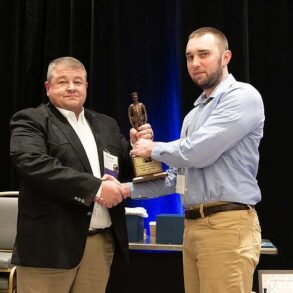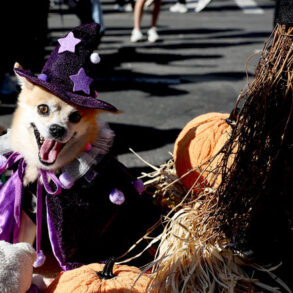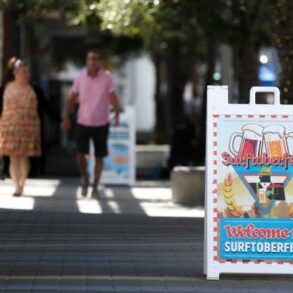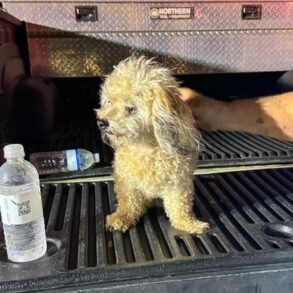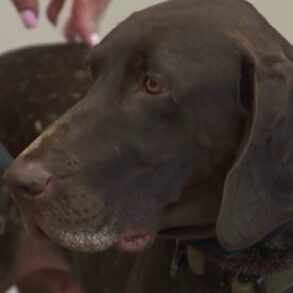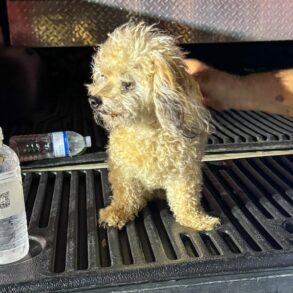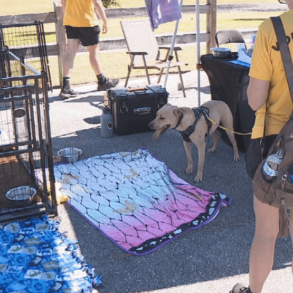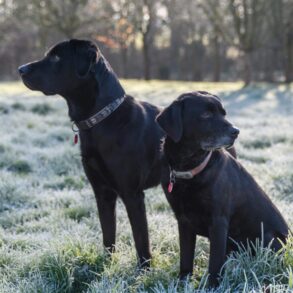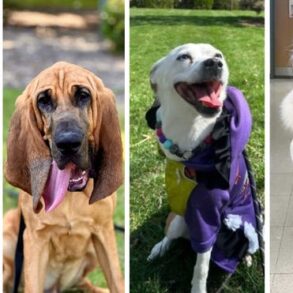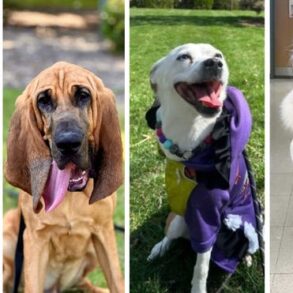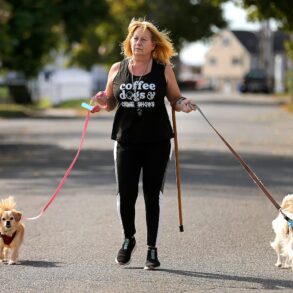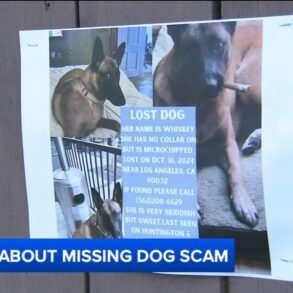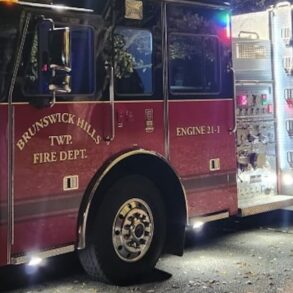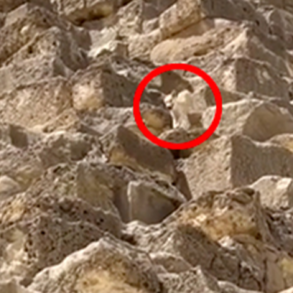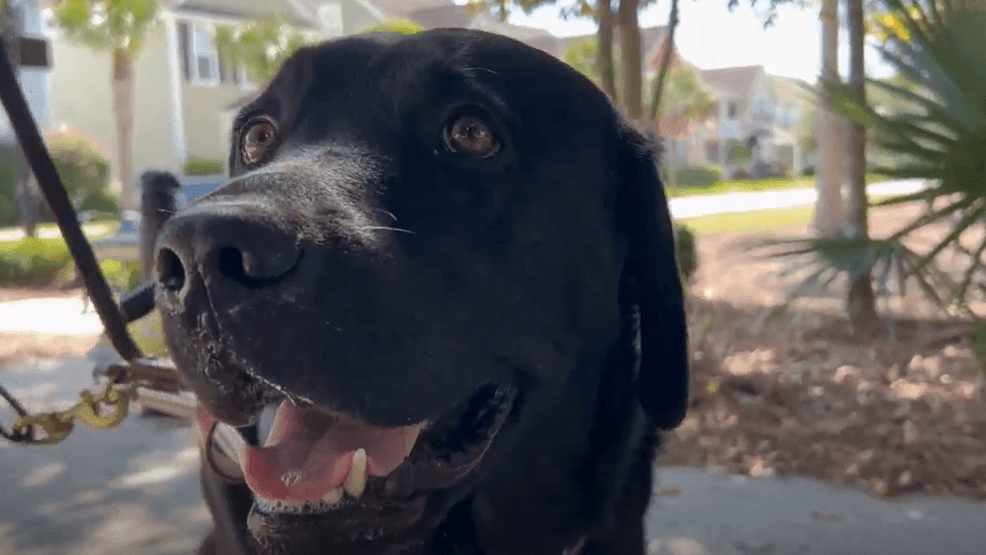
CHARLESTON, S.C. (WCIV) — For many people, dogs aren’t just best friends—they are a lifeline, helping those who are blind or visually impaired navigate the world.
September is National Guide Dog Month. It is a month to raise awareness about the work guide dogs do.
“I was born visually impaired. I have retinopathy of prematurity, so my retinas are damaged, misformed, something to that effect,” Charleston resident Kimberly Taylor said. “It’s hard to see things on the peripheral and things in my central vision are still really blurry. I usually tell people it’s like trying to look through wax paper and like distinguish stuff through that.”
Taylor has been a guide dog handler for 21 years.
“It’s easier for me to work with a dog ’cause with a white cane, you’re finding every obstacle with the cane than maneuvering around it. A guide dog’s going to take you in a straight line from point A to point B, going around the obstacles in your path,” Taylor said.
READ MORE | “Violent crime decreases in South Carolina for third consecutive year in a row”
Four of her dogs have come from the non-profit organization, Guide Dog Foundation for the Blind, in Smithtown, New York.
“Guide dogs as a whole were started, um, post World War II for veterans who had suffered some injuries from the war and whatnot. So that was our main focus back then, and then as the demographic changed and whatnot, we service people who are deemed legally blind,” Cristina Mirabile, guide dog mobility instructor with the Guide Dog Foundation, said.
The dogs are bred at their New York facility, where they make sure they’re not breeding just to breed.
“If a dog doesn’t become a guide dog, we do have our sister organization, America’s Vet Dogs. They have the opportunity to try that program out and for reasons such as being, like I said, being a guide dog is really, really hard and some dogs just, it’s not for them,”Mirabile said.
When the puppies are about eight-weeks-old, they’re sent to puppy raisers who make sure the puppies are socialized in all different types of environments. Then, when they’re about 14 to 18 weeks old, the puppies are sent back to the facility to get trained.
“So someone like myself will teach the dogs to stop at curbs, and stopping at a curb at the end of the sidewalk is going to allow the client to know, hey, you’re entering the street, judge your traffic or whatnot. They’re also taught to target things with their nose. So we teach them to target doors, chairs, elevators, escalators,” Mirabile said.
The training doesn’t stop with the dogs. Guide dog handlers will spend two weeks at the facility learning and working with their dog.
READ MORE | “Sen. Lindsey Graham proposes changes to birthright citizenship rules in US”
“And while they’re here for those two weeks, we’re teaching them how to use their guide dog so their guide dog knows what to do. And now we’ve got to teach that client on how to use that dog effectively,” Mirabile said.
Taylor said having a guide dog can be an icebreaker.
“When I’m out with my cane, people avoid me. I don’t know if they think they’re going to be hit with the cane. I had somebody a million years ago tell me that blindness was contagious. So, you know, they stay away,” she explained. “They don’t come engage with you. But when there’s a dog, people are usually pretty curious and they might ask, you know, what his name is or if he’s working or how old he is.”
It is very important to remember the dog is working and to not disturb them, unless the handler gives you permission.
“You don’t want to like call to them or bark at them. He doesn’t understand you, you know, whistle yell, anything like that. And you, if you think the team needs assistance, ask the handler, do you need help?,” Taylor said.
The Association for the Blind and Visually Impaired in Charleston, a non-profit aimed to help those with low or no vision live independently and safely, assists clients in getting them ready to become a guide dog handler:
President and CEO of the organizationCourtney Plotner stated, “Prospective guide dog users must be proficient in skills like Orientation and Mobility (or White Cane Training) prior to going attending guide dog school. At ABVI, we’re able to teach those skills ahead of time. We also provide the full range of rehabilitation services for individuals looking to navigate their daily routines without vision, through computer training, teaching adaptive daily living skills and more. In some instances, we can provide scholarships for dog food, grooming and vet bills once a guide dog has been placed with one of our clients.”
To learn more about the Guide Dog Foundation for the Blind, click here.
This post was originally published on this site be sure to check out more of their content.





